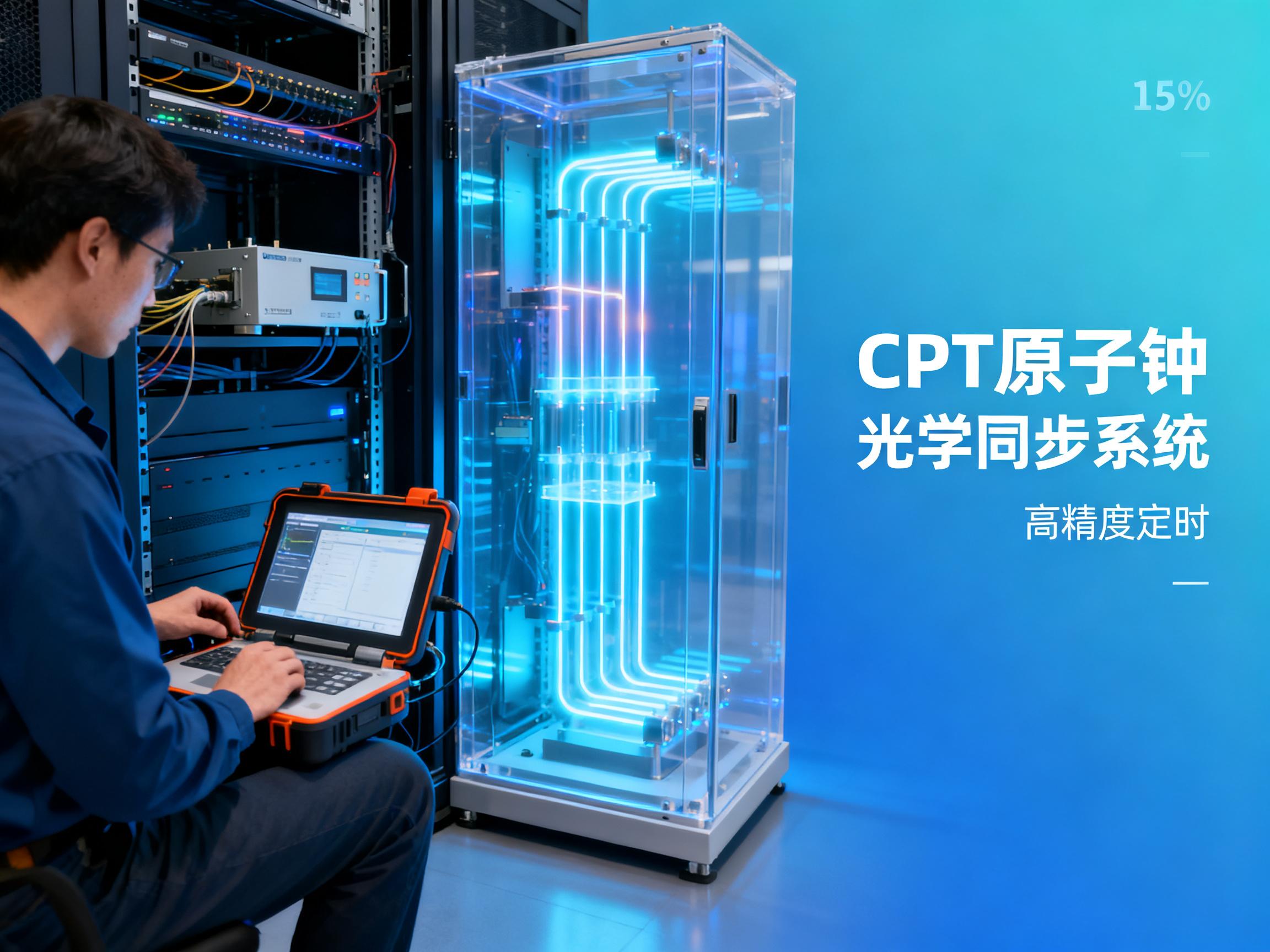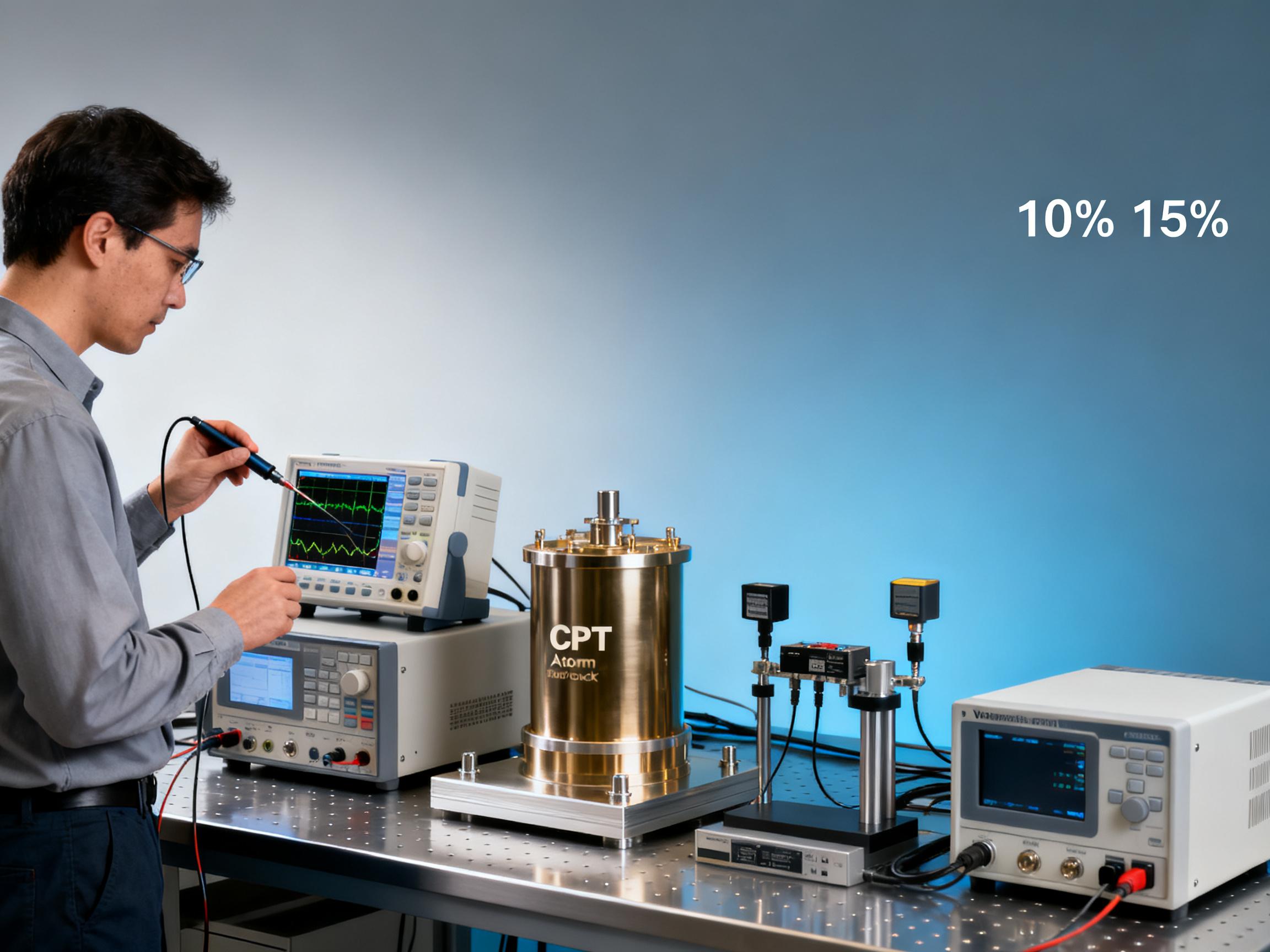RELATED
![How CPT Atomic Clocks Reduce OPEX in 5G Base Stations [Real Data] How CPT Atomic Clocks Reduce OPEX in 5G Base Stations [Real Data]](https://usimg.bjyyb.net/grey.png?x-oss-process=image/resize,m_fixed,w_800,h_600,limit_0) How CPT Atomic Clocks Reduce OPEX in 5G Base Stations [Real Data]2025-12-11
How CPT Atomic Clocks Reduce OPEX in 5G Base Stations [Real Data]2025-12-11 2024 CPT Atomic Clock vs Rubidium: Which Offers Better Stability for Telecom Networks?2025-12-08
2024 CPT Atomic Clock vs Rubidium: Which Offers Better Stability for Telecom Networks?2025-12-08 Live Demo Results: CPT Atomic Clock Performance Under Harsh Environmental Tests (Data Inside)2025-12-05
Live Demo Results: CPT Atomic Clock Performance Under Harsh Environmental Tests (Data Inside)2025-12-05 Budgeting for Precision: Total Cost of Ownership for a Rubidium Atomic Clock Over 5 Years2025-12-03
Budgeting for Precision: Total Cost of Ownership for a Rubidium Atomic Clock Over 5 Years2025-12-03
MESSAGE
Introduction
Evaluating a Rubidium atomic clock's reliability requires clear, measurable criteria that matter to information researchers, operators, technical evaluators, decision-makers, and contract executors. This introduction outlines five key metrics—short-term stability, long-term drift, environmental resilience, power consumption, and maintenance footprint—that distinguish robust devices whether choosing a cpt atomic clock or a Rubidium atomic clock for precision timing systems. Grounded in practical considerations relevant to optical manufacturing equipment and SPACEON-backed solutions, these metrics help you compare options, reduce procurement risk, and ensure sustained, low-consumption timekeeping performance in critical applications.Choosing the right timing source requires more than a specification sheet glance. Operators need predictable behavior during commissioning and drift windows; technical evaluators demand reproducible test procedures; decision-makers want lifetime cost and risk assessment; and contract executors must map warranty terms to measurable performance. For information researchers, comparative data across environmental profiles and stability curves enables meaningful vendor comparison. That is why we focus on five quantifiable metrics and map them to real-world test methods, standards, and procurement checkpoints. Throughout this section we mention both the cpt atomic clock and the Rubidium atomic clock because each class has strengths: cpt atomic clock designs may emphasize lower power and integration potential, while Rubidium atomic clock modules often deliver proven mid-term stability and well-understood environmental behavior. This paragraph establishes the evaluation lens: reliability is measurable, reproducible, and actionable. Expect practical guidance, references to relevant industry practices such as IEEE timekeeping conventions and GNSS holdover considerations, and clear advice for choosing a supplier backed by deep time-and-frequency expertise like SPACEON. We also foreshadow a comparative table and procurement checklist to support procurement decisions and contract language. By the end of this article readers in all target roles — from usage operators to corporate decision-makers — will have concrete criteria to move from survey to selection with confidence.
Definition & Technical Explanation of the Five Key Metrics
To compare devices meaningfully, you must translate marketing language into measurable technical parameters. Short-term stability is typically quantified by Allan deviation (σy(τ)) at integration times relevant to your application (1 s, 10 s, 100 s). For telecom synchronization and coherent optical systems, σy at 1 s to 100 s often determines phase noise and packet timing behavior. Long-term drift covers both linear frequency aging and environmental-induced drift over weeks to years; manufacturers usually express it in parts per billion (ppb) or parts per 10^12 per day. Environmental resilience captures how temperature, vibration, and humidity perturb frequency — often presented as temperature coefficient (ppb/°C), vibration sensitivity (fractional frequency per g), and operating humidity range. Power consumption is straightforward but important: it affects system thermal budgets, UPS sizing, and field deployments where energy is constrained. Finally, maintenance footprint includes calibration cycles, typical mean time between failures (MTBF), recommended spares, and software/firmware update procedures.From an implementation perspective, both the cpt atomic clock and the Rubidium atomic clock classes support these metrics but with different trade-offs. A Rubidium atomic clock often exhibits excellent mid-term stability with moderate power draw and well-understood aging characteristics, making it a dependable choice for metrology labs and network holdover. Some cpt atomic clock designs — leveraging coherent population trapping techniques — target ultra-low power operation and compact integration, which is attractive in portable optical instrumentation or distributed nodes in sensing networks. Test procedures should reference standards where available: IEEE 1139 for time and frequency definitions, and ITU or ETSI recommendations for telecom synchronization tolerance. Reproducible lab measurements, environmental chamber tests, and long-term field logs help translate datasheet claims into procurement-grade evidence. For the evaluator, insist on raw Allan deviation plots, temperature sweep logs, and failure-mode summaries rather than only single-number specs.
Application Scenarios, Comparative Analysis and Procurement Guide
Real-world application scenarios highlight how the five metrics drive selection decisions. In optical manufacturing equipment where laser coherence, stamping, or interferometry depend on stable timing, short-term stability directly affects process yield. In distributed sensing and communication nodes, power consumption and environmental resilience often dominate. For network timing and GNSS-denied holdover, long-term drift and maintenance footprint determine how long a node can operate within spec without recalibration.Comparative analysis typically balances three vectors: performance (stability and drift), operational cost (power plus maintenance), and deployment constraints (size, weight, environmental tolerance). A Rubidium atomic clock generally scores high on mid-term stability and known lifetime behavior; it is often the default for rack-mounted telecom and lab systems. A cpt atomic clock can win on size and power, particularly where battery-backed or embedded use makes low consumption paramount. The table below summarizes a pragmatic comparison to help procurement teams and contract executors frame requirements and acceptance tests.
For procurement, create an evaluation checklist that maps your application’s acceptance thresholds to testable outputs: required Allan deviation numbers at specific τ values, maximum acceptable drift per month, operating temperature window, and defined power draw under nominal and startup conditions. Include factory acceptance tests (FAT) that require raw measurement logs, environmental chamber certificates, and a minimum burn-in period. For contract executors, incorporate penalty clauses for failing to meet agreed stability or drift metrics during a defined warranty period. Finally, involve technical evaluators early to define pass/fail thresholds; their hands-on tests reduce procurement risk and align vendor demos to realistic operational conditions.Maintenance, Cost Considerations, Industry Standards, Common Misconceptions and Trends
Maintenance and lifecycle cost often outweigh the initial equipment price over multi-year deployments. Consider three cost buckets: capital cost, operational cost (energy and spares), and compliance/regulatory risk. Rubidium atomic clock modules often come with mature service networks and predictable replacement parts; this lowers lifecycle risk for enterprise deployments. A cpt atomic clock with lower energy draw can reduce operational cost in battery-dependent or solar-powered installations, but teams must validate long-term reliability and supplier support. When budgeting, include expected recalibration intervals, MTBF claims, and potential field-repair windows.Standards and industry norms help set objective acceptance criteria. Reference IEEE 1139 for definitions, ITU-T G.811/G.812 for network timing performance, and relevant ISO reliability frameworks for MTBF calculations. Ask vendors to provide test traces that reference these standards or internal test methods mapped to them. This practice improves transparency and supports E-E-A-T: provide evidence, cite standards, and require vendor expertise documentation.Common misconceptions include equating low power with poor stability — not always true — and assuming all Rubidium solutions are identical. Differences in oscillator design, temperature compensation, and firmware can produce divergent real-world performance. Another frequent error is relying solely on datasheet single-number accuracy; instead, insist on full Allan deviation curves and environmental sensitivity matrices.Looking ahead, trends favor hybrid architectures and integration into time-distribution ecosystems. Vendors increasingly pair atomic clock modules with GNSS disciplining and holdover algorithms, offering predictable recovery after GNSS loss. Energy-efficient cpt atomic clock innovations will broaden deployment possibilities in distributed sensing and portable optical test equipment. As decision-makers, balance immediate performance needs against roadmap maturity and vendor support.Frequently Asked Questions (FAQ):
- How often should I recalibrate a Rubidium atomic clock? Recalibration intervals depend on drift tolerance; many operators plan annual checks, but critical systems may require more frequent verification using Allan deviation comparisons against a reference.
- Can a cpt atomic clock replace a Rubidium atomic clock in telecom? It depends on required stability and existing infrastructure. For low-power, edge scenarios a cpt atomic clock can be ideal. For proven mid-term holdover in core telecom nodes, Rubidium modules remain common.
- What tests should I require at FAT? Raw frequency time series, Allan deviation plots, temperature sweep logs, vibration tolerance tests, and a documented burn-in period are recommended.
CONTACT US
Please use the form below to get in touch.
If you need a reply we will get in touch as soon as possible.

![How CPT Atomic Clocks Reduce OPEX in 5G Base Stations [Real Data] How CPT Atomic Clocks Reduce OPEX in 5G Base Stations [Real Data]](https://usimg.bjyyb.net/sites/91500/91958/1765179857856560163985903616.jpeg)



